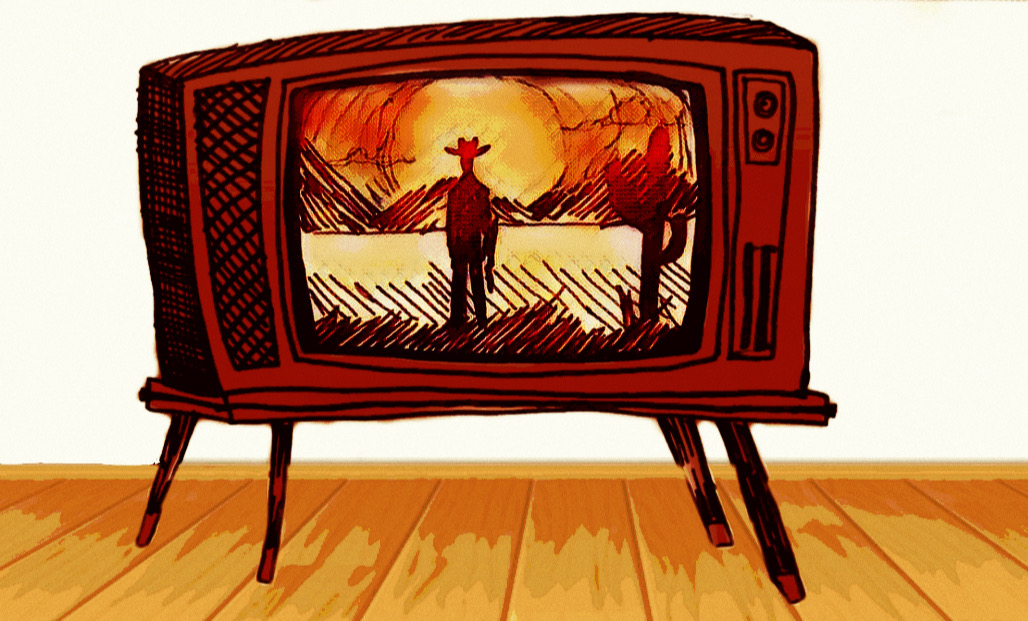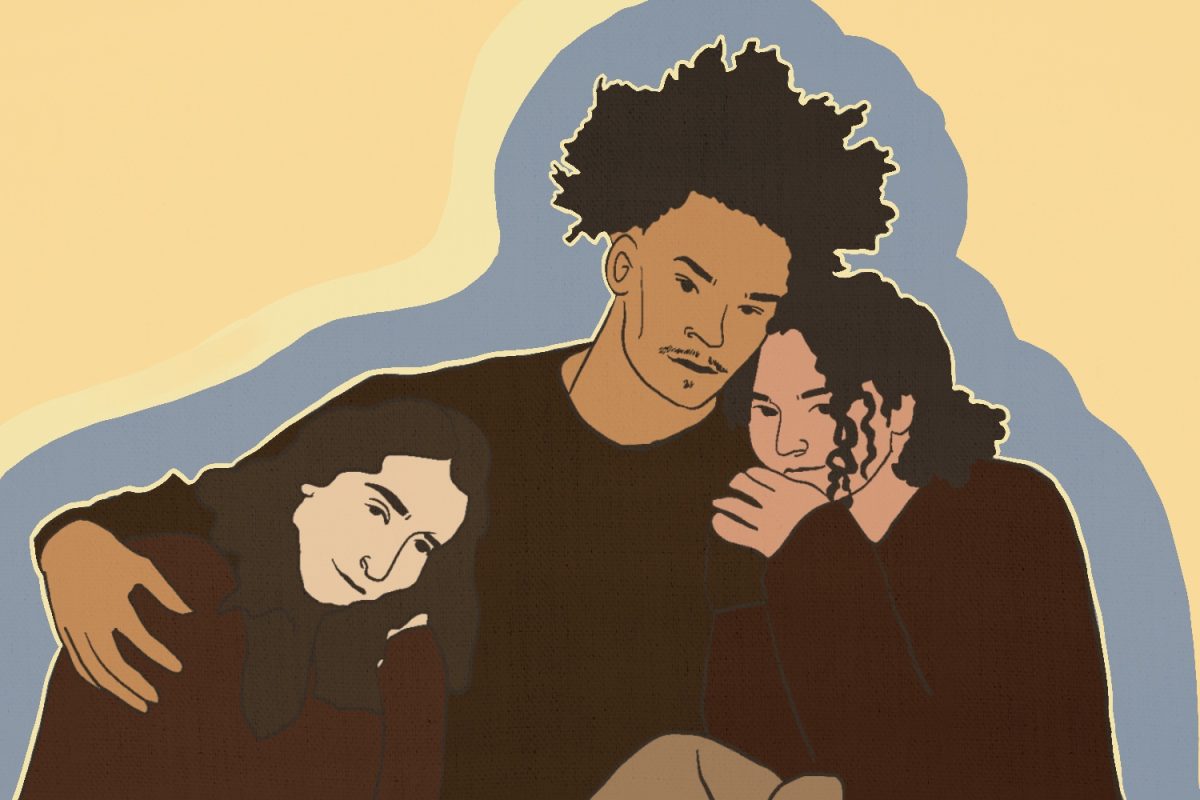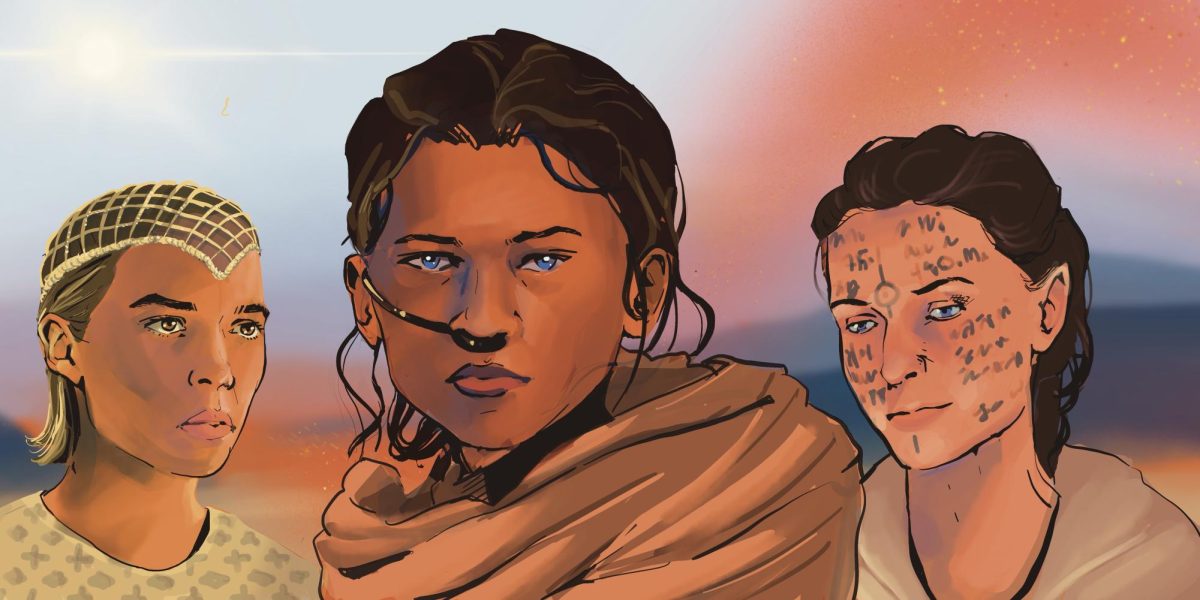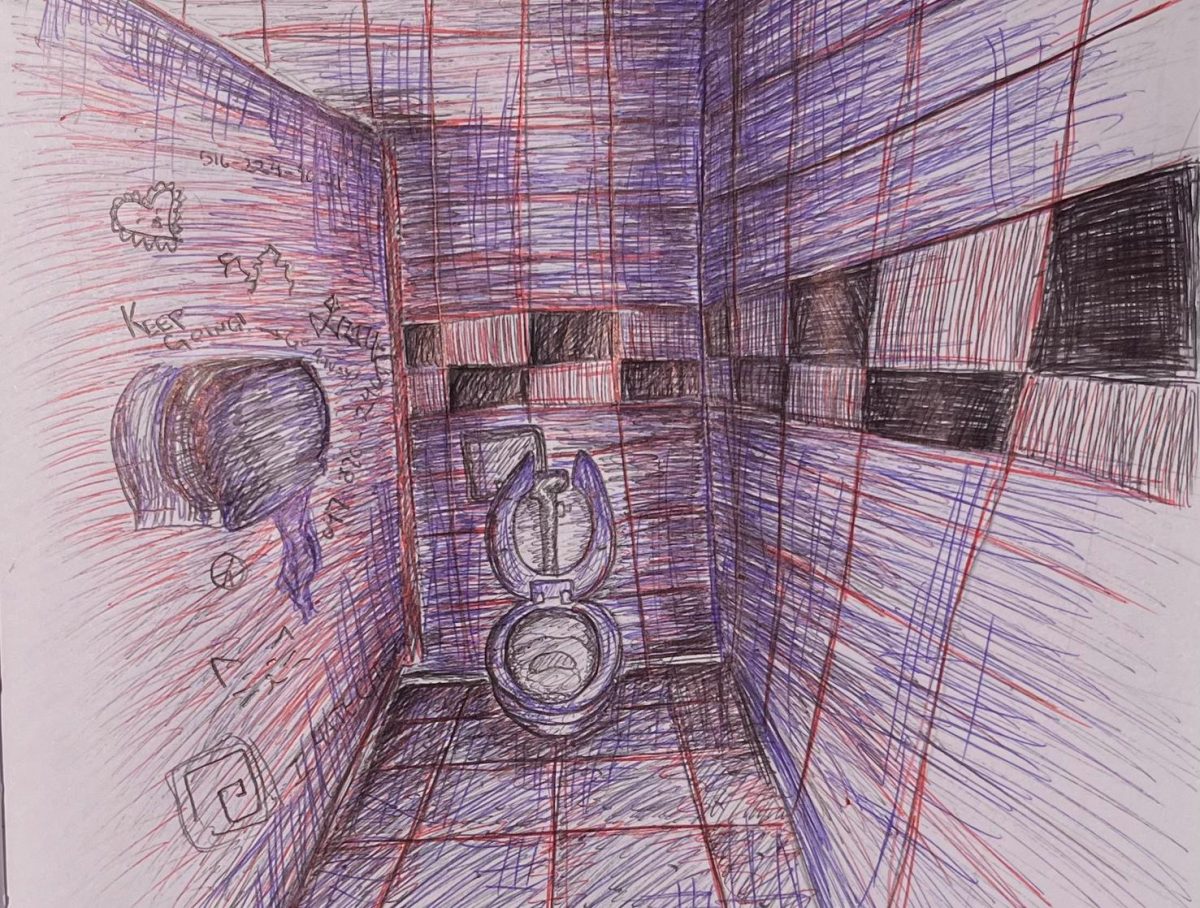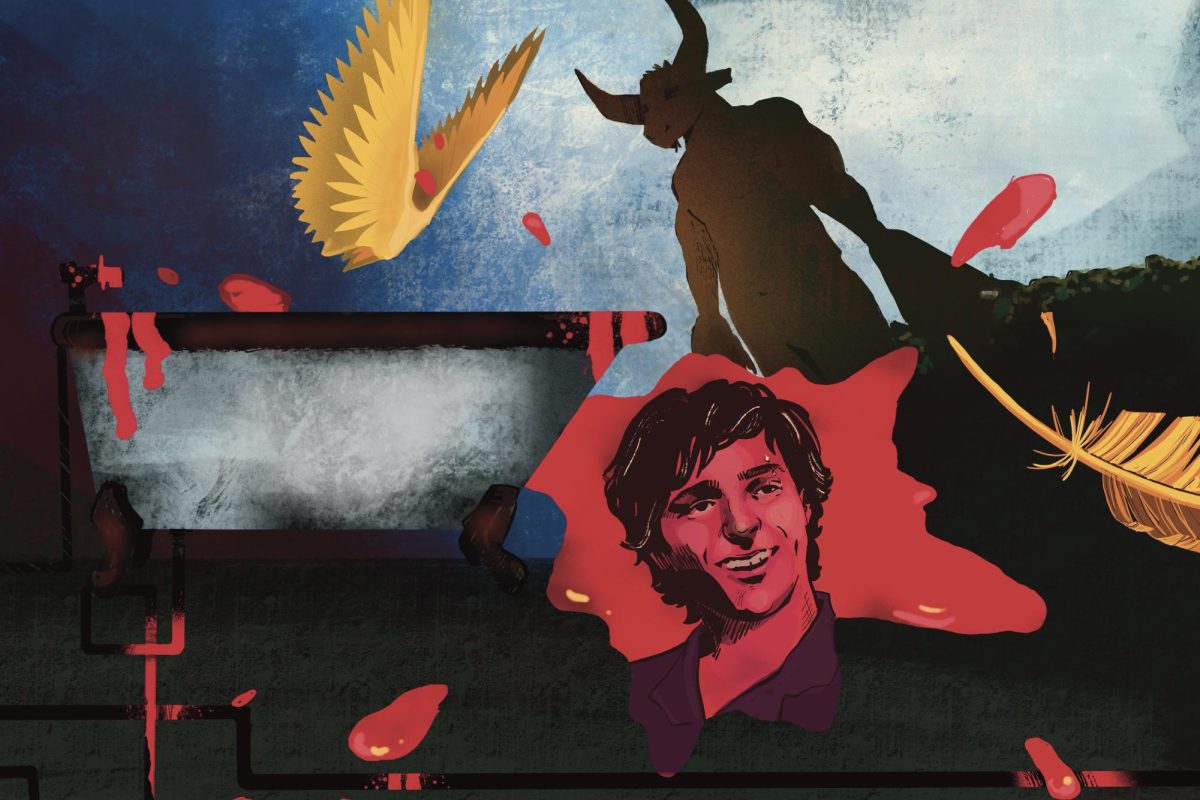Lost in Translation, which is written, directed, and co-produced by Sofia Coppola, is a film that has been getting much attention from the media recently because of its status as a Golden Globe winner and its nominations for the upcoming Academy Awards. At the Golden Globes, Coppola took home two academy awards for Lost in Translation, one for Best Picture – Musical or Comedy, and another for Best Screenplay.
She was also nominated for best director, but she lost to Peter Jackson, director of Lord of the Rings: Return of the King. Coppola is nominated for three Academy Awards this year; for Directing, Best Picture, and Original Screenplay The Awards will be held on Sunday February 29th. Sofia Coppola, the daughter of Francis Ford Coppola, has also been recognized for her film The Virgin Suicides.
For Lost in Translation, Bill Murray, who plays a depressed and lonely actor filming a series of commercials in Japan, took home the Golden Globe for Actor in a Leading Role – Musical or Comedy. Murray, who is nominated for an Academy Award for this role, is up against Johnny Depp (Pirates of the Caribbean), Ben Kingsley (House of Sand and Fog), Jude Law (Cold Mountain), and Sean Penn (Mystic River). In this film, Murray plays opposite the young Scarlett Johansson. Their characters have a close yet odd relationship, considering their age difference and other factors. Johansson’s character, a recent college graduate who majored in philosophy, is very unhappy with her marriage and her life in a Japanese hotel. Similarly, Murray’s character is in a less than ideal marriage and hates living and working in Japan. However, these characters find solace in each other’s company.
The film carries a consistent tone that seems to contrast the fast pace of Tokyo life. The tone is slow and steady, focusing on character development and the relationship between the two main characters. Yet, there is a high degree of intensity in the silences and scenes, comparable to that found in the drooping expression on Murray’s face throughout the film.
What cannot be said through words, or what is Lost in Translation from the Japanese, is conveyed in these silences. One humorous scene stands out as an example of this. Murray’s character is listening to a Japanese man sitting next to him in the hospital waiting room. The man talks and talks to Murray’s character in Japanese using wild hand gestures. Since he cannot understand the language, Murray just repeats the words, nods his head, and mimics the gestures, causing the Japanese man to laugh. While focusing on the relationship between the two main characters, Lost in Translation explores simple cross-cultural connections and differences.
There are no real action scenes, such as fighting or demolition, and there are no cutting edge special effects in this film. This is more or a thinking film. I highly recommend this film to the movie fans interested in seeing a new film that is simply and undeniable great without anything added to it.











